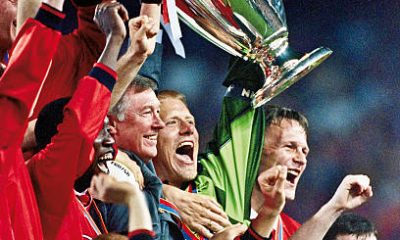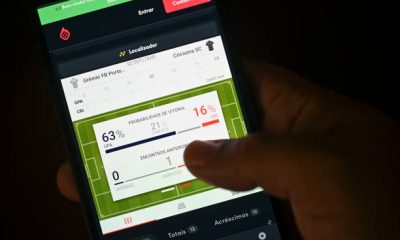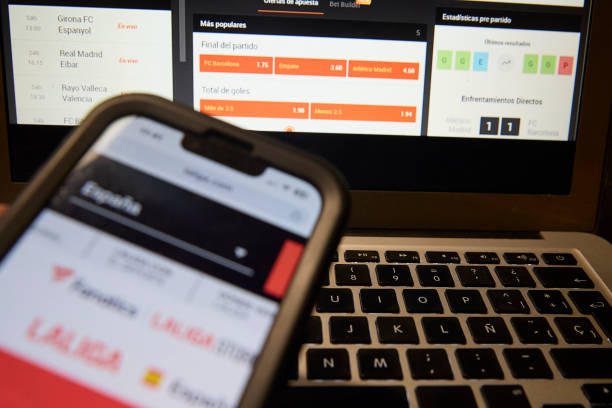
Bookmakers are at the heart of the sports betting industry, and understanding how they set odds is essential for both bettors and industry enthusiasts. Sportsbooks use a complex set of techniques to establish odds for various events, ensuring that they maximize their profits while offering competitive betting opportunities. These odds are not simply a reflection of a team’s chances of winning, but a calculated balance of various factors that take into account both the bookmaker’s risk and the potential return for bettors. In this article, we will explore how bookmakers set betting odds, and how they use these odds to maximize profits while keeping bettors engaged.
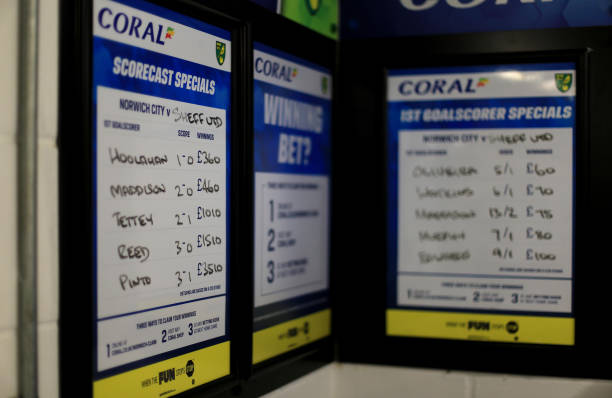
3. Understanding the Role of Probability in Setting Betting Odds
At the core of every bookmakers odds is probability. The odds set by sportsbooks are designed to reflect the probability of a particular outcome occurring, but these odds are not just based on raw statistical analysis. They are carefully adjusted to ensure that the bookmaker can make a profit regardless of the result.
For example, if a team has a 50% chance of winning, the odds would typically reflect that probability. However, bookmakers adjust the odds in their favor by incorporating a built-in profit margin known as the “overround” or “vig” (vigorish). This margin ensures that, over time, the sportsbook will make a profit, even if they are offering odds that seem fair on the surface. By understanding the probabilities and adjusting them to create a profitable edge, bookmakers ensure they are protected from large losses while still offering attractive odds for bettors.
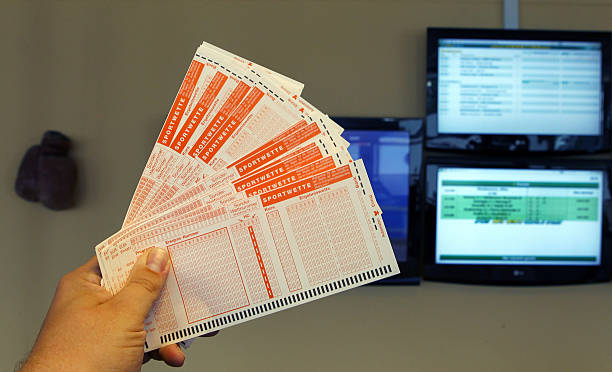
2. The Influence of Market Forces on Betting Odds
Bookmakers continuously adjust betting odds based on market forces, particularly how bettors place their wagers. As more people bet on one outcome, the odds for that outcome may shorten, reflecting the increased likelihood (as perceived by the sportsbook) of that result. Conversely, if an outcome is attracting little interest from bettors, the odds may lengthen to encourage more betting on that side.
This adjustment process is influenced by supply and demand, just like any other market. If a large number of bets are placed on a favorite team, bookmakers will shorten the odds for that team, making the bet less attractive to new bettors. On the other hand, if bettors are backing the underdog, the odds for the underdog may lengthen, offering a more enticing payout in order to balance the bookmaker’s exposure.
This dynamic pricing mechanism is designed to keep the betting market balanced and to ensure that the bookmaker remains profitable. It allows bookmakers to manage their risk while responding to market trends in real time.

1. The Impact of Public Perception and Media Influence on Odds
One of the more subtle ways that bookmakers adjust odds is through public perception and media influence. Bettors often look to the media for insights and predictions about upcoming events, and bookmakers must take these factors into account when setting odds. If the media heavily favors a particular outcome, it can shift public betting patterns, even if the statistical likelihood of that outcome hasn’t changed.
For instance, if a major sports star is injured right before a game, the media will likely focus on the impact of that injury, influencing how the public perceives the match’s outcome. Bookmakers may adjust the odds to reflect this heightened public interest, creating a scenario where the betting market is shaped more by emotion than pure statistics. This allows the bookmaker to capitalize on the public’s emotional response and ensure they maximize profits by offering odds that reflect the current betting trends.
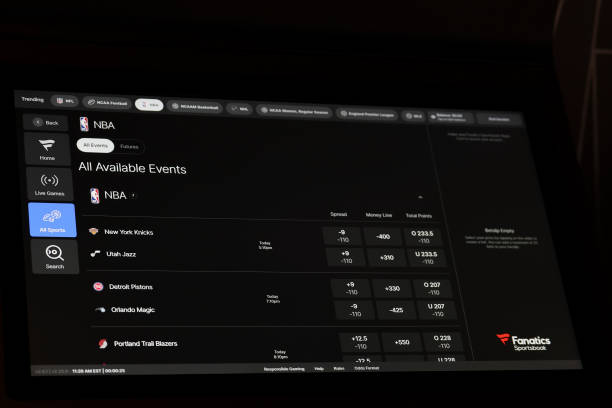
By factoring in how external influences like the media and public sentiment can impact betting behavior, bookmakers can adjust their odds to manage their exposure and avoid heavy losses on heavily bet outcomes.
SUGGESTED FOR YOU
Online Gambling: 5 Effective Strategies to Overcome Loss Aversion in Betting
Conclusion
In the world of bookmakers, setting betting odds is not simply about calculating the probability of an event. It’s about finding the right balance between offering competitive odds for bettors and ensuring that the sportsbook maintains its edge. By adjusting odds to reflect probability, market forces, and external influences such as public perception, bookmakers create a betting environment that maximizes their profits while keeping bettors engaged. Understanding these strategies allows bettors to make more informed decisions, while also giving them insight into the sophisticated techniques that sportsbooks use to stay profitable.
Sports betting is a complex and ever-changing market, but with an understanding of how bookmakers set their odds, bettors can navigate it more strategically and make smarter betting decisions.


